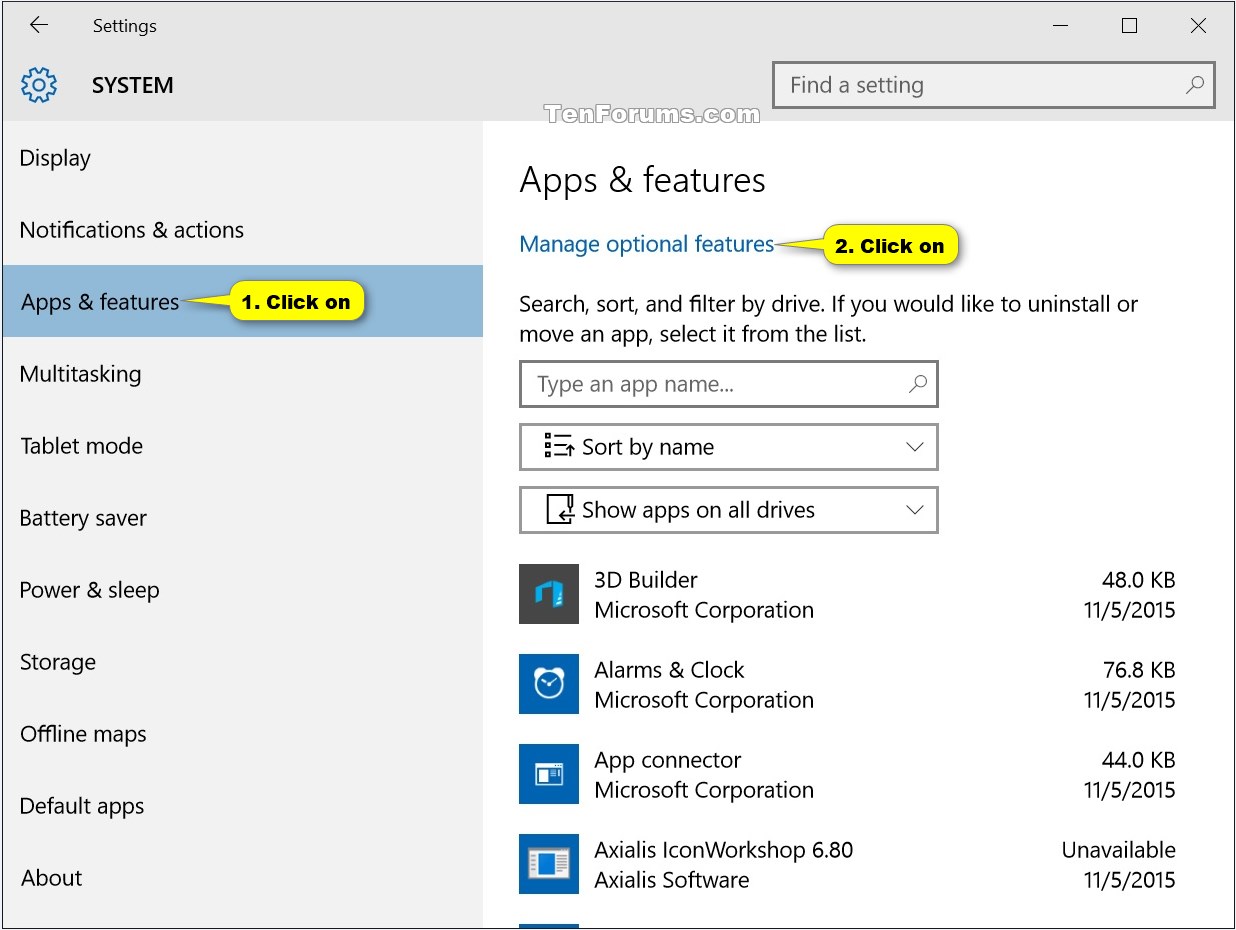

This connector is configured, as its name suggests, to use the current user. Let’s first look at df-connection-current-user. This should deploy the following resources: The region we select needs to support Data Factory which isn’t supported everywhere. We covered the creation of a service principal in a past article. AAD tenant) where the Service Principal lives. Secret used to authenticate the Service Principal. The deployment requires the following 5 parameters: Name We will use the Data Factory but this could be used with any connector requiring an AAD account.Īs usual, the code is available in GitHub and we can deploy the solution here: We will explore that approach in this article. In that case, the credentials of the principal are stored with the connector. This is sub-optimal too.Ī more robust approach is to use an AAD Service Principal. In general, the traceability will be done on the end user. The user then has to re-authorize in the Portal.

A tenant will have a time out when refresh is no longer authorized. It requires the access token generated from the authorization to be refreshed. This approach is problematic on multiple levels. This is done in one flow where we authorize it. When we create those connectors in the Portal, they take our identity. In the case of Data Factory, it uses the AAD to access the Azure REST API. This is the case, for instance, of Data Factory. Other connectors will by default take the AAD identity of a user. This is the case, for instance, of the SQL connector. Some connectors will hold the credentials. It integrates with different services ( inside and outside Azure) using connectors.Ĭonnectors are responsible to authenticate to the service they represent. Menu Service Principal for Logic App Connector SolutionĪzure Logic Apps is a powerful integration platform.


 0 kommentar(er)
0 kommentar(er)
